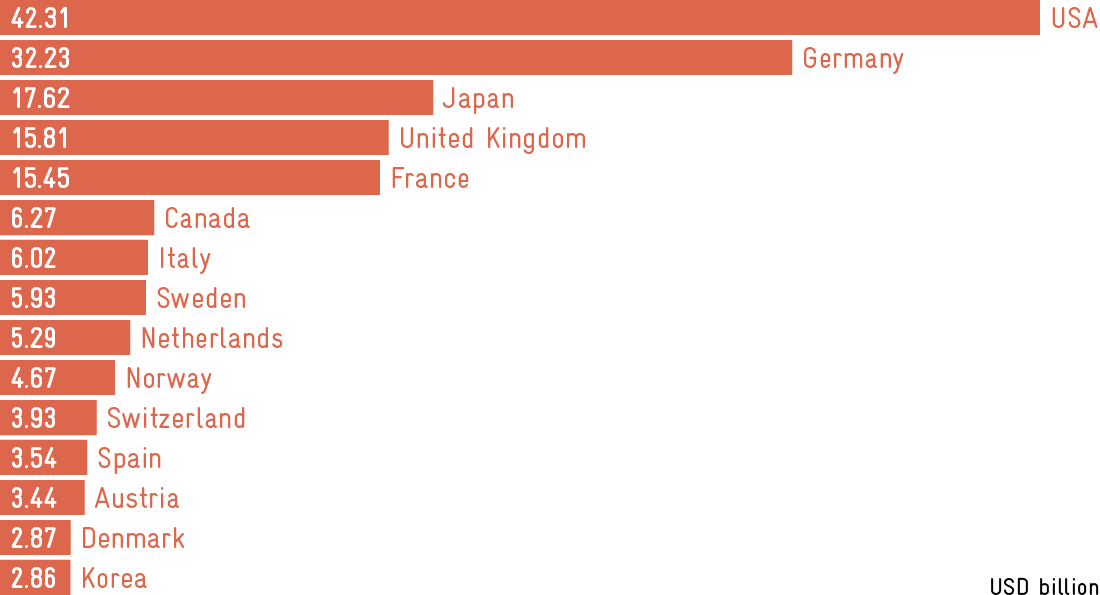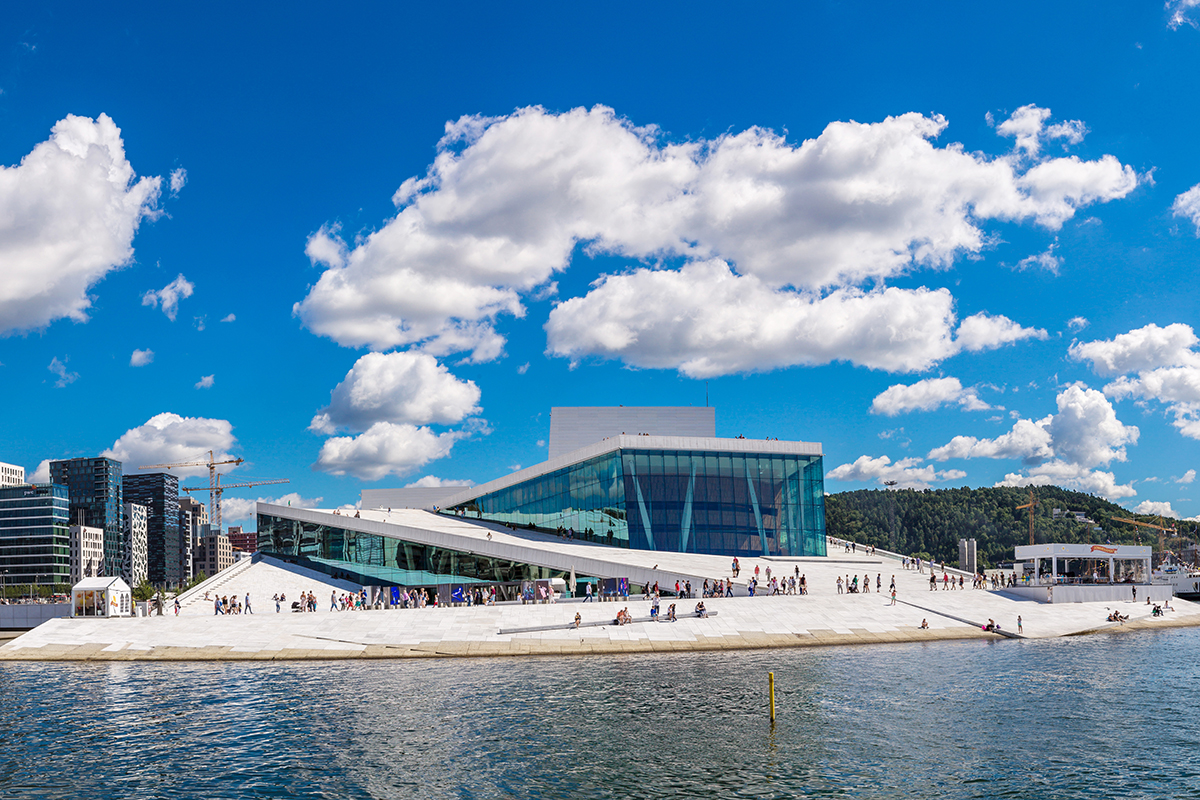As a result, poverty can be addressed more effectively, climate change action boosted and pandemics tackled more quickly – and these are just a few examples. GIZ is continuing to expand its partnership-based approaches in order to achieve greater results, particularly in relation to the Sustainable Development Goals (SDGs), and to pool the strengths of different stakeholders. This can happen on three levels: in implementation itself, in the exchange of knowledge, and in the development of solutions.
Over the past 20 years in particular, the number of actors engaging in international cooperation has grown considerably. More states are providing funds for international cooperation. They are located all over the world and today include, for instance, the Czech Republic, Poland, the United Arab Emirates and South Korea, as well as China, India and Mexico. In addition, international organisations, non-governmental organisations and, increasingly the private sector, are now also important funding sources for sustainable development. Foundations have substantial resources, too. The Bill & Melinda Gates Foundation, for example, has a foundation trust endowment worth more than EUR 46 billion, making it the world’s largest private foundation.
According to the Organisation for Economic Co-operation and Development (OECD), the most important donor country based on absolute figures is, by a large margin, the USA, followed by Germany, Japan, Great Britain and France. Although expenditure is growing overall, only five countries fulfil the 0.7 per cent of GDP that has been agreed internationally as the target for spending on development cooperation. These are Norway, Sweden, Denmark, Luxembourg and Germany. Germany is therefore one of the most active donors worldwide. It has increased its commitment significantly in recent years and now spends more than USD 32 billion on Official Development Assistance (ODA) each year.
Official Development Assistance
ODA 2021 on a grant equivalent basis

Source: OECD, 12 April 2022
Team Europe is joining forces
‘Greater diversity in the donor community opens up a lot of opportunities for GIZ,’ says Katja Kammerer, Head of Division for Client Liaison at GIZ. ‘And it means we can set up new cooperation arrangements and pool the available resources.’ One example of this is GIZ’s participation in the EU’s Team Europe approach, which emerged during the coronavirus crisis and involves European donors acting jointly under the blue EU flag, thereby giving themselves a single, clearly recognisable ‘label’. Moreover – and probably more importantly – they also coordinate their activities better, consult and agree on programme planning and implementation, and achieve greater coherence and effectiveness as a result. Some of the areas addressed include green recovery in Africa, digitalisation, health, trade, migration, governance, and peace and security.
But it is not just GIZ’s donor landscape that has changed. Cooperation arrangements are playing an ever-greater role in project implementation, too, with the goal of pooling expertise to achieve sustainable solutions. GIZ cooperates regularly with United Nations organisations on tackling major economic, social and economic challenges. It works with the UN Refugee Agency in Mexico, the UN Children’s Fund (UNICEF) in Malawi and the World Food Programme in Cambodia, for example. Alongside the ‘traditional’ bilateral projects that have been the recognised standard for decades, other forms of cooperation are becoming more and more important. Examples include multinational or global projects on climate change mitigation, knowledge exchange among peers via triangular cooperation between a number of countries, and multi-stakeholder partnerships in cooperation with civil society and the private sector.
In recent years, international cooperation has become more important and more diverse. As such, it reflects the times we live in: almost all our major challenges are transnational or even global in scope, and the best way to tackle them is through cooperation. A broader donor base and more varied partnerships are testimony to this – as is the increasing diversity of GIZ’s own services.






